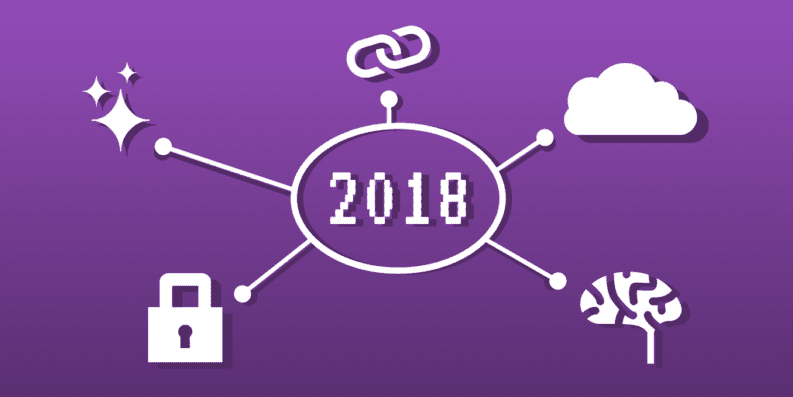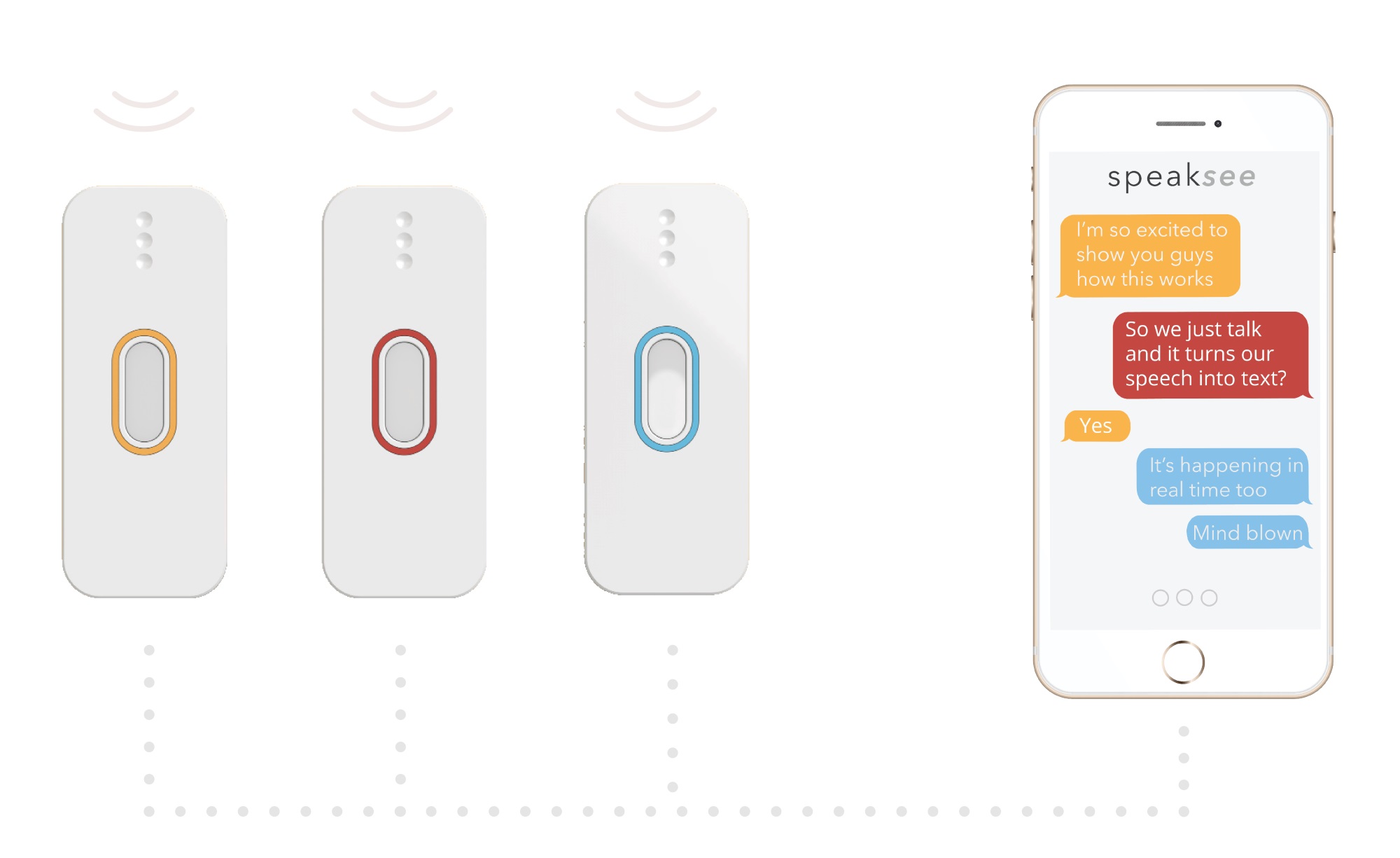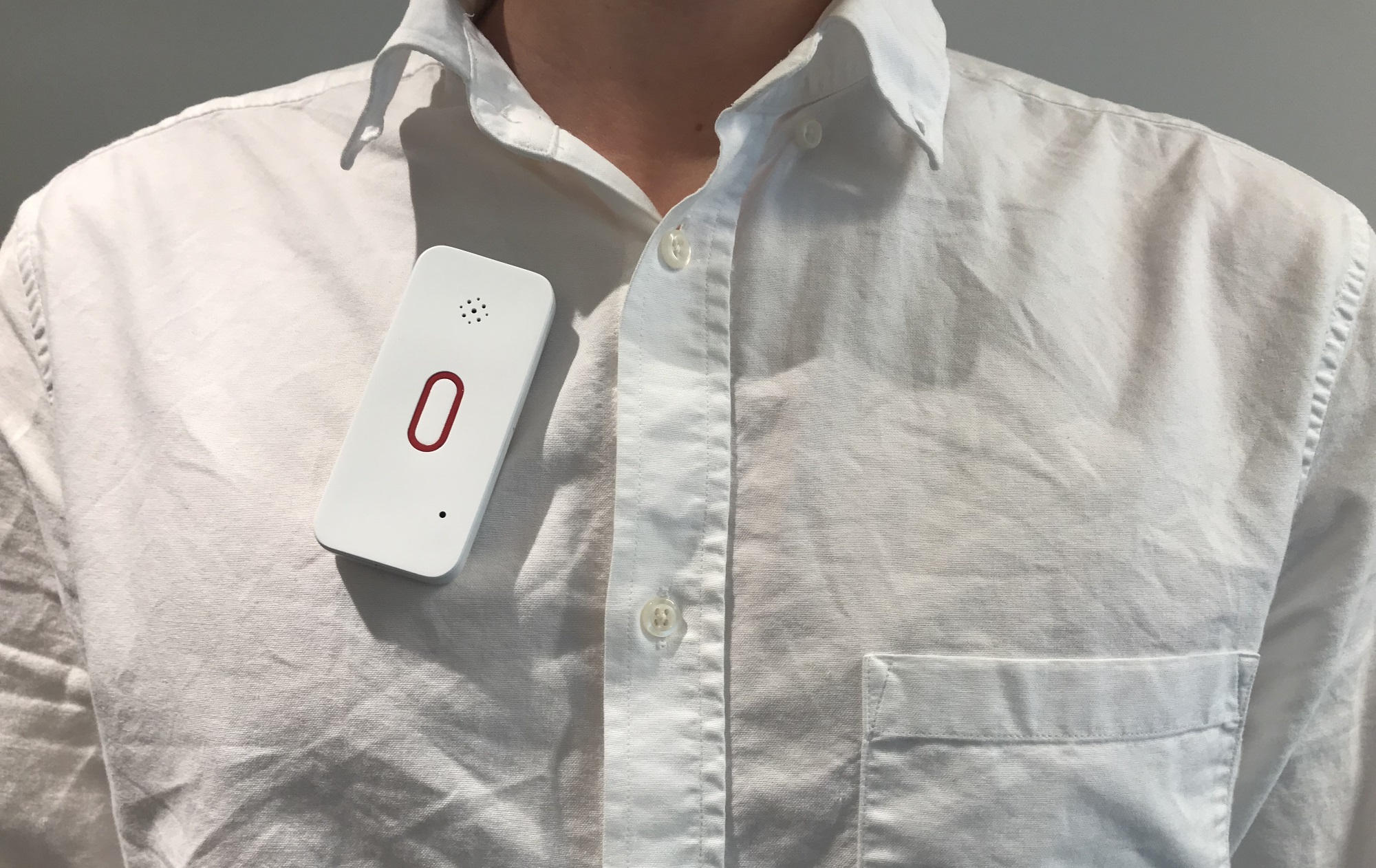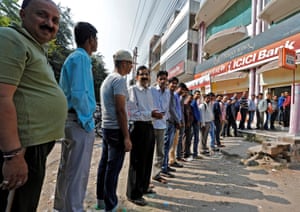Five tech companies made up a whopping 37 percent of the S&P 500's total gains in 2017. How much more proof do you need than that?
Nearly 60 years ago,
Gordon Moore, the co-founder of Intel, coined "
Moore's Law," a prediction that would set the pace for the digital revolution. The law stated that computing abilities, over time, would radically increase in power while decreasing in relative cost, all at an exponential rate.
This insight, along with the hard work of many computer scientists and engineers, has fueled the rapid growth of the technology sector. The industry has quickly become a staple component of our modern economy.
Consumers and enterprises have a lot of potential to look forward to, as frontier technologies finally become affordable enough to service the mass markets.
So, what exactly will 2018 have in store? Here are eight tech trends to keep your eye on:
1. Blockchain
By now, you have probably heard a thing or two about the promise of blockchain and
Bitcoin. At a high level, blockchain technology is a way of securely managing access and information. The core of blockchain hinges on the idea of decentralization, which essentially distributes power and risk equitably across players in a network.
Blockchain startups are finding niche and clever ways to optimize industries, by replacing intermediary parties (brokers, agents, etc.) with smart contracts that automatically verify actions without compromising data security. Platforms like
Gameflip and
Filecoin are able to solve fundamental marketplace challenges, worth billions of dollars, which have been terrorizing ecosystems for decades.
Other companies, like
SparkleCoin, are driving blockchain adoption at scale by empowering everyday consumers to purchase real-world products and services from the world's largest online retailers using cryptocurrencies.
2. Internet of things
BI Intelligence's report on the "internet of things" notes that nearly $6 trillion will be spent on IoT solutions in the next five years alone. This deluge of investment has turned this once science-fictional notion into reality.
Already, many of us wake up in our "smart beds" to a Bluetooth-connected alarm clock that communicates with our wifi-enabled speakers. Soon all of our devices -- microwaves, washing machines and even bird feeders -- will be connected to the web. With geospatial data from all of our devices, tech-savvy companies will be able to optimize and automate systems, eradicating inefficiencies caused by human error.
3. Virtual reality
Is 2018 the long-awaited year that
virtual reality goes mainstream? While the technology is still evolving, and while players like
Oculus and
HTC continue to iterate on their consoles, things look promising for the industry as VR platforms begin to appeal to the masses.
One of the biggest obstacles to virtual reality achieving true scale is the creation of enough content to attract a wide swath of consumers. As the industry has learned, onboarding hard-core gamers will not be enough to sustain a long-term effort.
Beyond gaming, there a number of virtual-reality startups that are building high-value-add services specifically for enterprises.
4. Augmented reality
The rise of
Pokémon in 2016 was just the first of many implementations of augmented reality that will make a massive impact on society. Apple and Google recently introduced both
ARKit and
ARCore and are driving an inflection point for the industry. As hardware and software continue to improve, we can expect to see more developers building AR applications in 2018.
It's not just startups looking to get in on the action. In fact, it is likely that many of the world's biggest brands will invest their resources into creating augmented-reality experiences to enhance their users' experiences both inside and outside of their stores.
5. Chatbots
Enterprise applications of messaging bots seem poised to have a tangible impact on the software space, as more companies invest in developing their own consumer-facing bots.
Chatbots, at the most simplistic level, are front-end interfaces for companies to communicate with their customers. More advanced bots leverage artificial intelligence to provide enriching and interactive user experiences.
Companies can embed these bots on their home pages, or they can rely on native platforms like Facebook and Slack for distribution. Expect to see companies across all industries, including hospitality, dining and travel, create bots for customer support, sales and marketing services.
6. Subscription model
The days of "pay-per-use" costing are long gone, and are likely not coming back anytime soon, as most companies are switching to recurring revenue models. Already, you can order your clothing, groceries and cleaning supplies to be delivered directly to your doorstep on a weekly or monthly basis.
And the model is being applied more widely than just to physical goods: Most internet companies are operating under a "
software as a service" model, where you pay a monthly fee on a recurring cycle for a service.
We can expect to see startups expand their subscription businesses into more verticals, and to start specializing.
7. Ecommerce
Next year, 2018, may finally be the year
ecommerceovertakes retail once and for all. In a report on online retail, Forrester stated that
83 percent of U.S. adults purchased something on Amazon this past year. As this number grows, and digital storefronts become a more convenient and attractive option for consumers, we can expect to see ecommerce begin to take bigger slices of the retail pie.
It will be interesting to see which incumbents are able to establish a large enough digital presence to protect themselves from this disruption.
8. Automation
Artificial intelligence and machines will soon become ubiquitous in the professional world. From virtual assistants, to manual labor,to intermediary services, many jobs will likely be disrupted in the coming years. Though humans are indispensable in certain fields, there are many points of optimization that we can fully automate with embedded technology.
Machine intelligence has the potential to fundamentally shift worker demand and displace millions of jobs. Where will everyone go when machines can do our work for us? This question, among others, will be important considerations getting our rapt attention in 2018.
Website: https://www.entrepreneur.com/article/305439








 Critically, though, each microphone also intelligently and locally accounts for its speaker and background noise.
Critically, though, each microphone also intelligently and locally accounts for its speaker and background noise.










